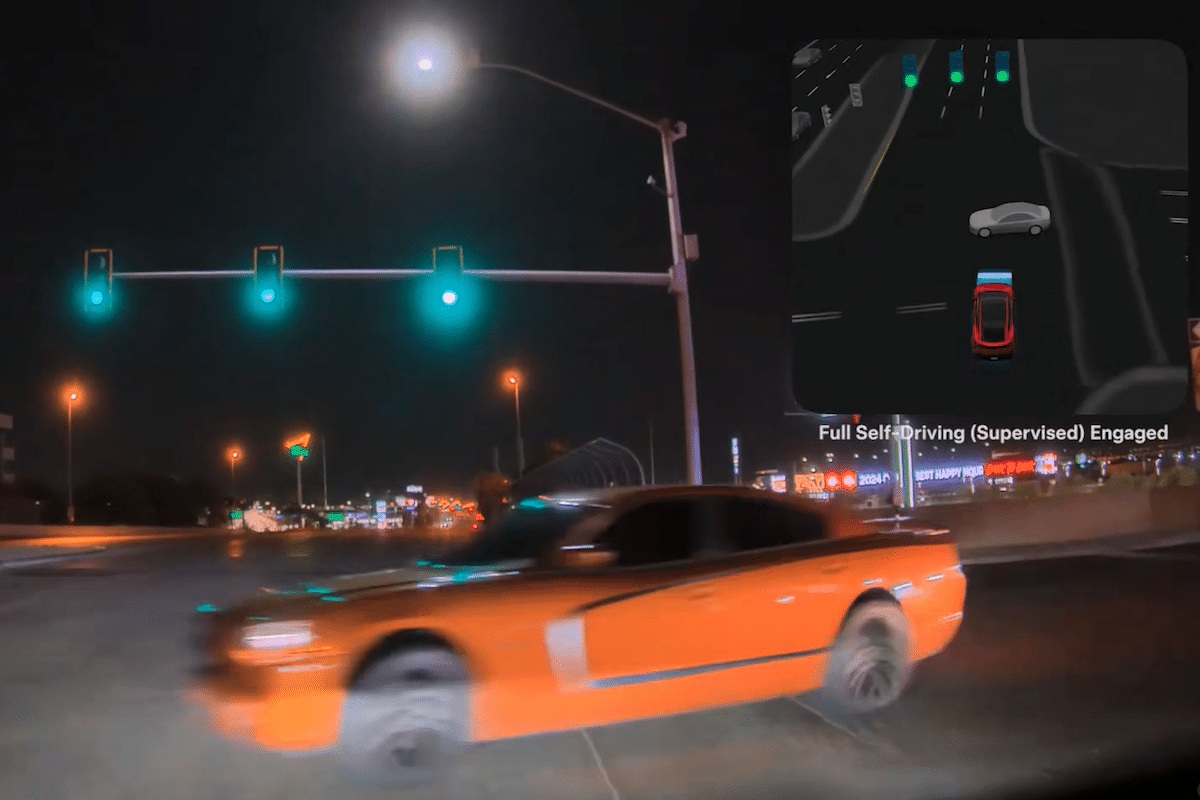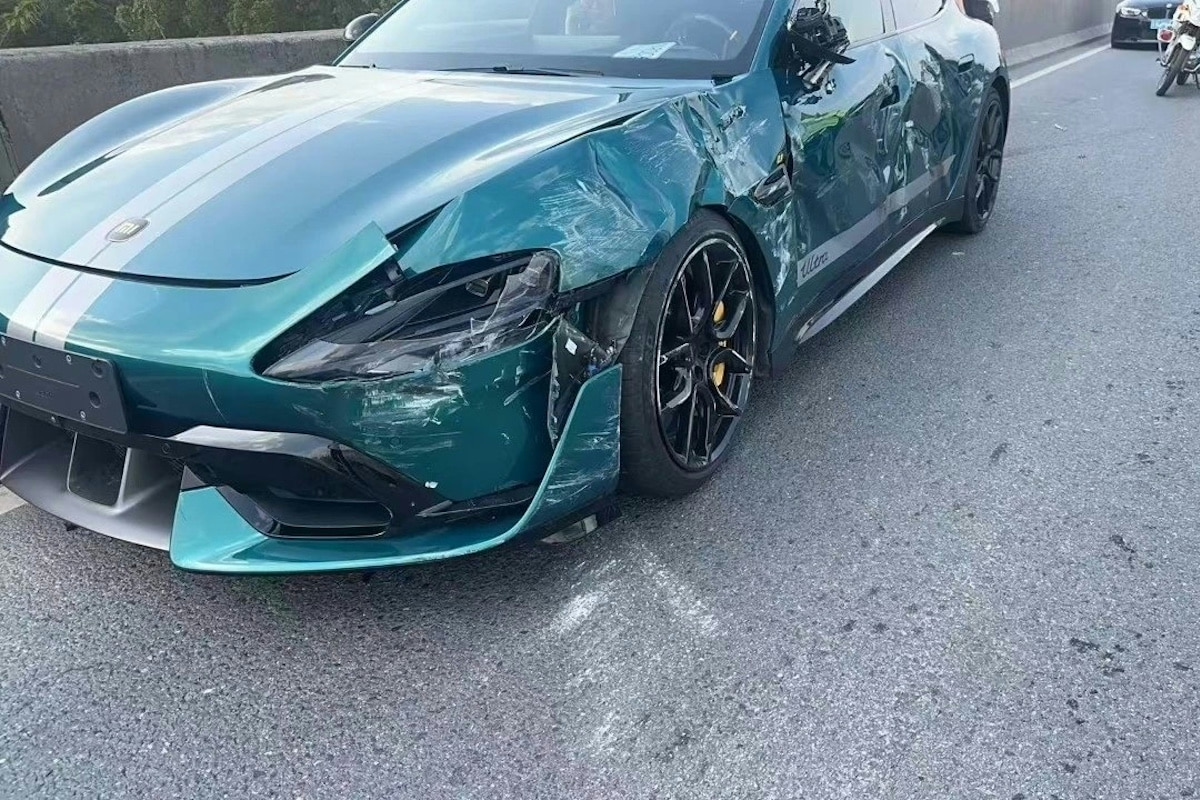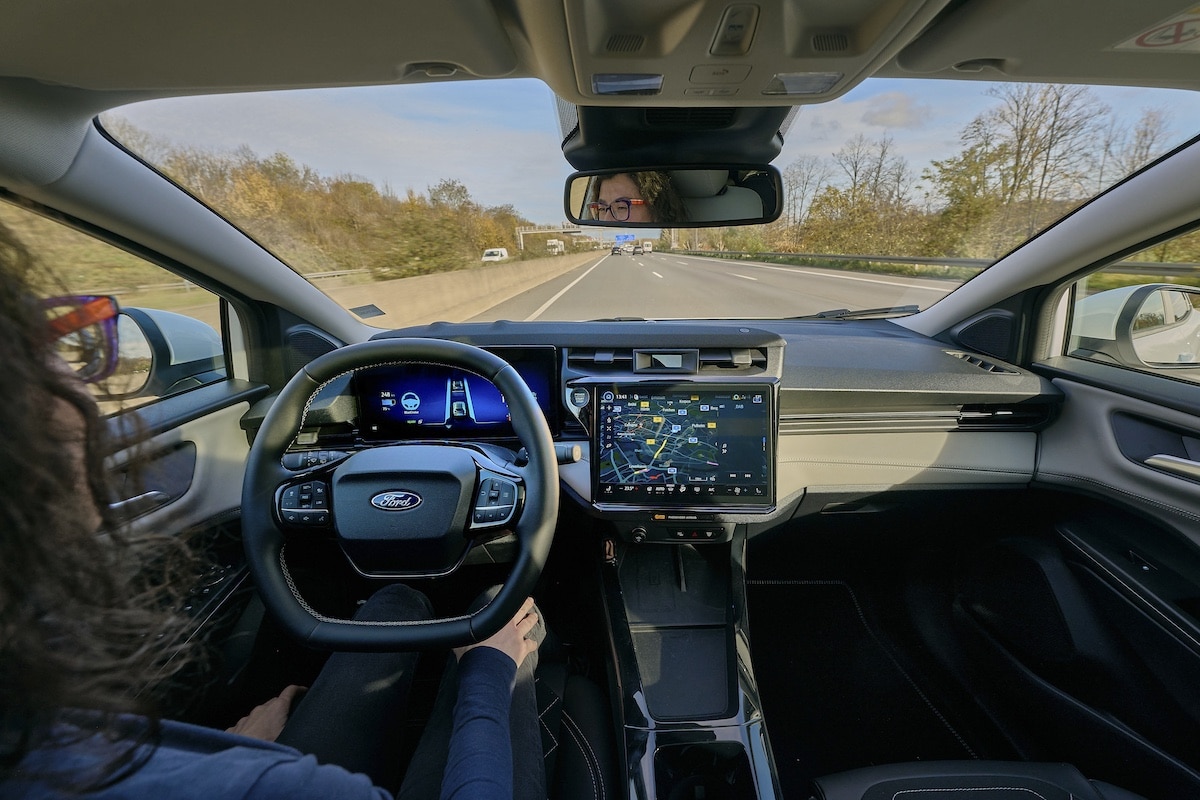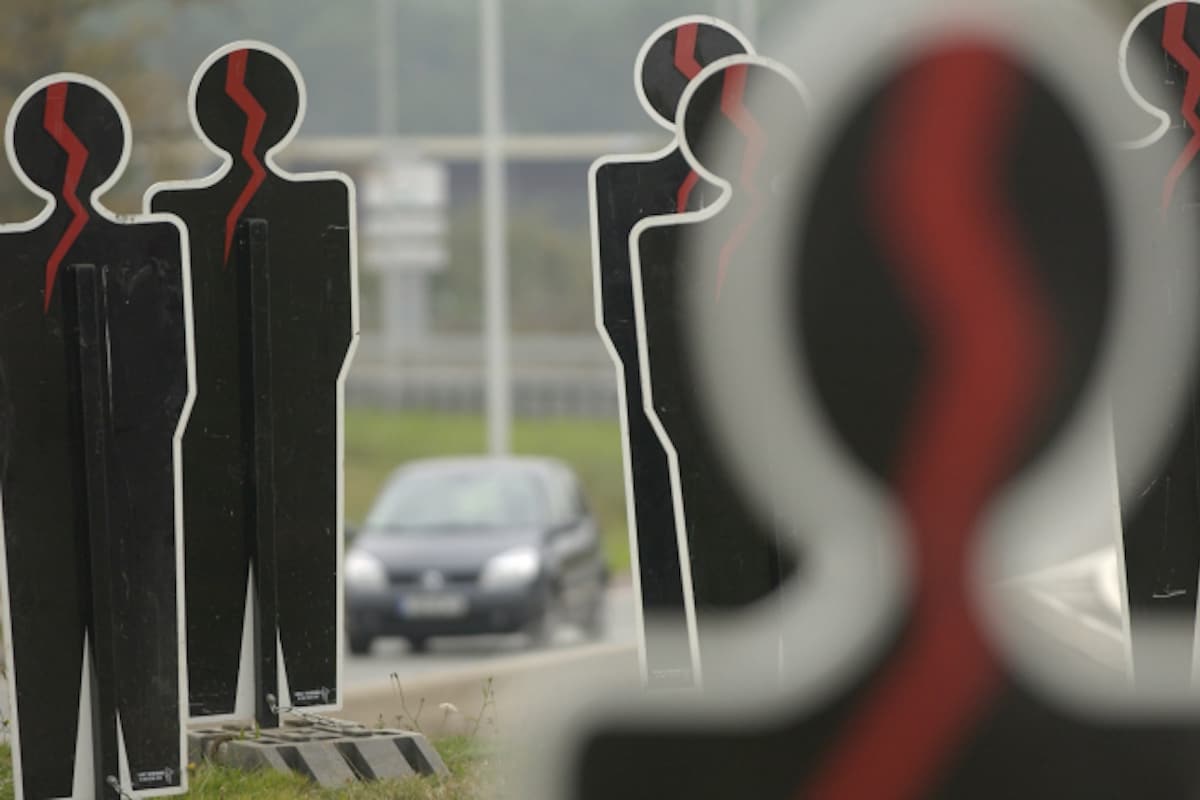Tesla publishes data and footage on the safety of its self-driving cars

Tesla released the latest figures on the safety of its Full Self‑Driving (Supervised), a semi-autonomous driving system.
Before delving into the analysis of these figures released by Tesla, it should be made clear that we are talking here about semi-autonomous cars that operate under active driver supervision. We are not yet in a position to judge the safety of fully autonomous vehicles, but the figures are nonetheless interesting.
According to Tesla, enabling this feature can significantly reduce the risk of collisions. Fairly logical overall, since FSD Supervised requires constant human vigilance, which allows for dual control—machine and driver. But by how much?
To date, Tesla vehicles equipped with supervised FSD have driven more than 10 billion kilometers, including 3.7 billion in city driving, providing an outstanding sample for measuring the system’s safety. According to Tesla, major collisions are 7 times less frequent, minor collisions 7 times less frequent, and non-highway accidents reduced by 5 times compared to vehicles without FSD enabled. These figures show that, even though no technology can completely eliminate risk, a semi-autonomous system can help make driving safer, thanks to the combination of human judgment and algorithmic anticipation.
Safety in addition to comfort
The system doesn’t just drive: it anticipates risky situations, can apply automatic emergency braking, and alert the driver in case of fatigue or inattention. Regular software updates improve its performance over time. At the same time, passive safety devices — airbags, advanced seatbelts, crumple zones, and reinforced structure — continue to protect occupants in the event of a crash.
Tesla estimates that, in the United States, supervised FSD could reduce collisions by more than 80%, which would potentially represent tens of thousands of lives saved and nearly 2 million injuries avoided each year. These figures are based on massive fleet data and cautious estimates, and they mainly show the system’s potential when the human remains engaged in driving.
You might be interestedin this article:
In summary, the data released by Tesla suggest that supervised Full Self‑Driving can improve road safety by combining human vigilance and the precision of algorithms. While these figures should be interpreted with caution, they nonetheless demonstrate the value of an approach based on collecting and analyzing real-world data, and the tangible contribution of technology to safety.
ALSO READ: Google’s Robotaxis Arrive in Europe
This page is translated from the original post "Tesla met des chiffres et des images sur la sécurité de ses voitures autonomes" in French.
We also suggestthese articles:
Also read





